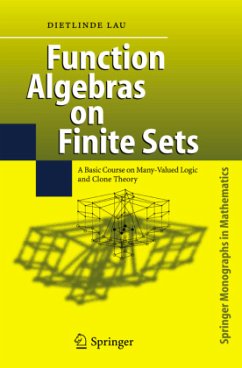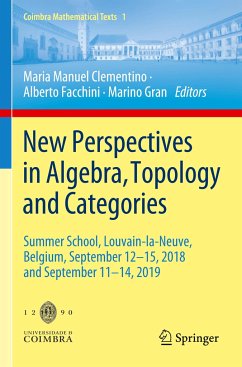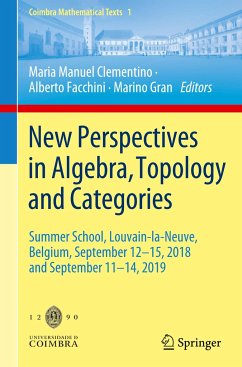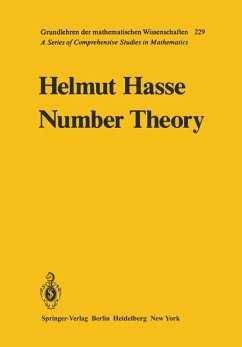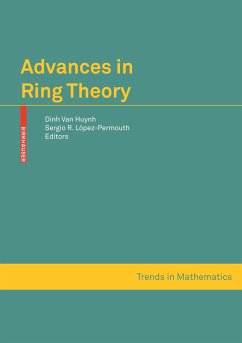
General Lattice Theory
Second edition

PAYBACK Punkte
51 °P sammeln!
"Grätzer's 'General Lattice Theory' has become the lattice theorist's bible. Now we have the second edition, in which the old testament is augmented by a new testament. The new testament gospel is provided by leading and acknowledged experts in their fields. This is an excellent and engaging second edition that will long remain a standard reference." --MATHEMATICAL REVIEWS
In 20 years, tremendous progress has been made in Lattice Theory. Nevertheless, the change is in the superstructure not in the foundation. Accordingly, I decided to leave the book unchanged and add appendices to record the change. In the first appendix: Retrospective, I briefly review developments from the point of view of this book, specifically, the major results of the last 20 years and solutions of the problems proposed in this book. It is remarkable how many difficult problems have been solved! I was lucky in getting an exceptional group of people to write the other appendices: Brian A. Davey and Hilary A. Priestley on distributive lattices and duality, Friedrich Wehrung on continuous geometries, Marcus Greferath and Stefan E. Schmidt on projective lattice geometries, Peter Jipsen and Henry Rose on varieties, Ralph Freese on free lattices, Bernhard Ganter and Rudolf Wille on formal concept analysis; Thomas Schmidt collaborated with me on congruence lattices. Many of these same people are responsible for the definitive books on the same subjects. I changed very little in the book proper. The diagrams have been redrawn and the book was typeset in ~1EX. To bring the notation up-to-date, I substituted ConL for C(L), IdL for I(L), and so on. Almost 200 mathematicians helped me with this project, from correcting typos to writing long essays on the topics that should go into Retrospective. The last section of Retrospective lists the major contributors. My deeply felt thanks to all of them.







